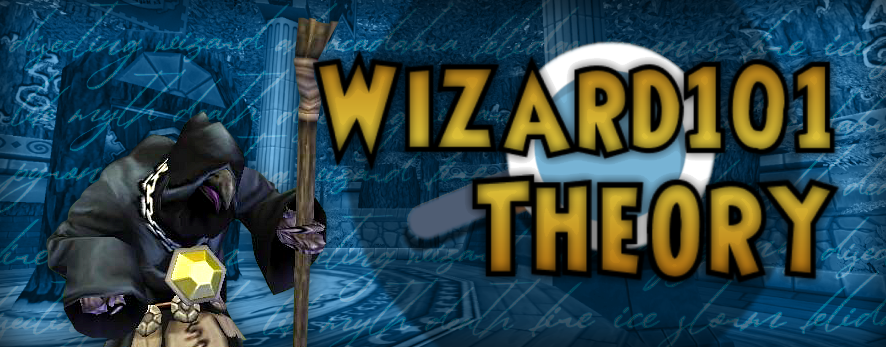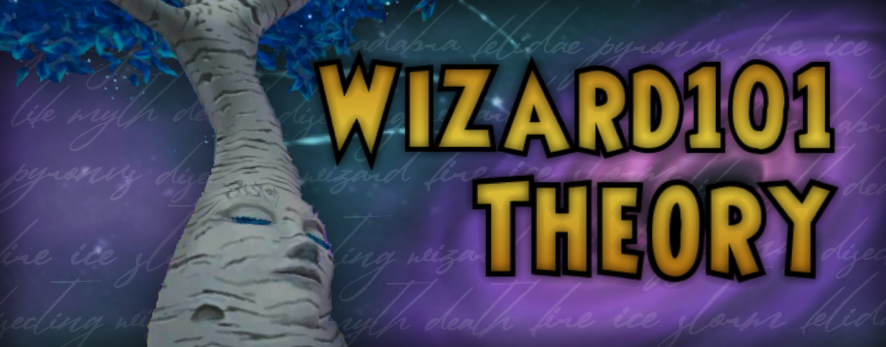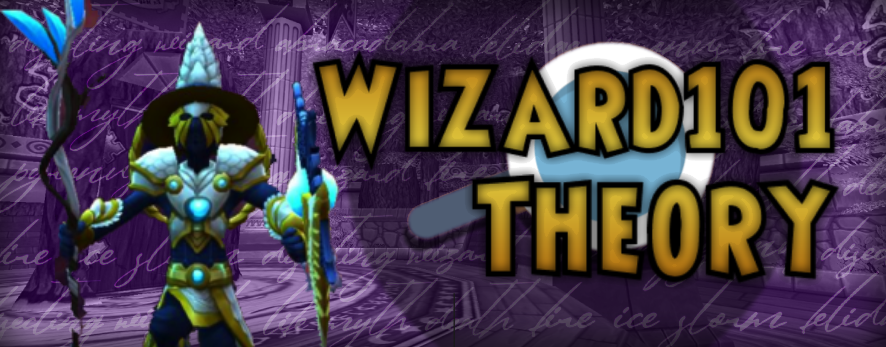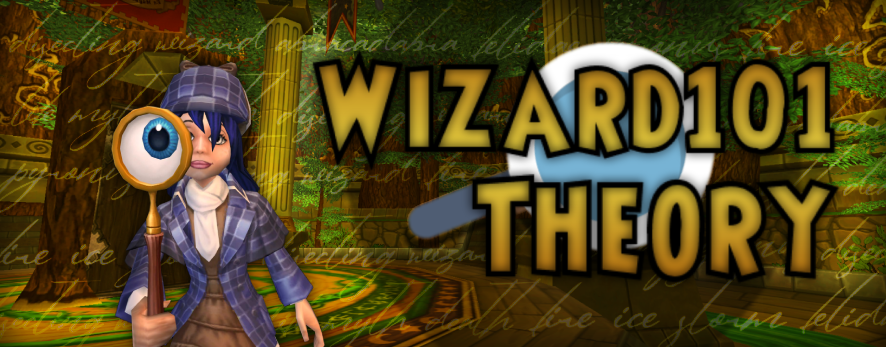Tag: Theory
-
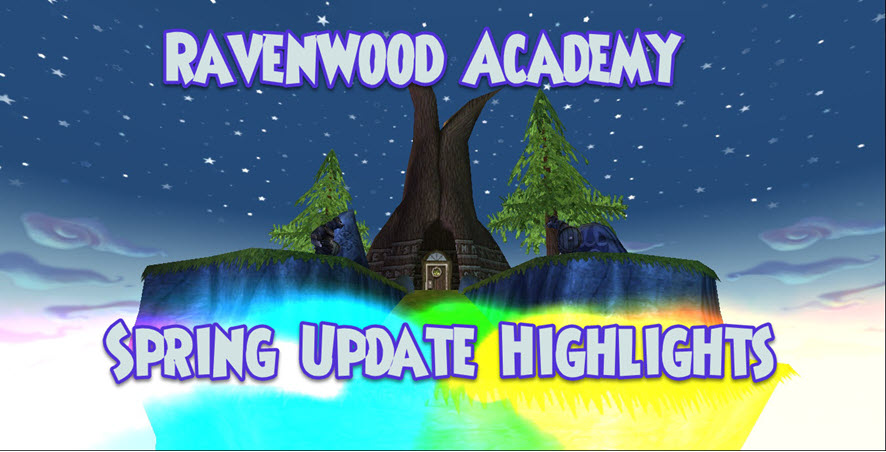
Spring Update Highlights
•
Greetings, Wizards of the Spiral. As we prepare for the Summer here at Ravenwood Academy, we’d like to highlight some of our favorite changes from the Spring 2021 Test Realm. Without further delay, let’s begin! New Skeleton Key Bosses Two new Skeleton key bosses have arrived in Grizzleheim and Karamelle.…
-
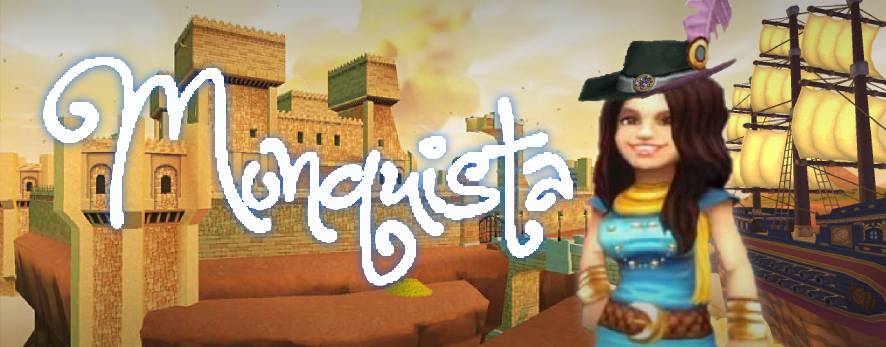
The Monquistan Choir
•
Despite its location in an isolated corner of the Spiral, Monquista, rich in gold and culture, is one of its most prominent powers. The Skull Island colonies enrich their people considerably. In line with Valencia and Marleybone, their society is posh and structured in which there is a noble class,…
-
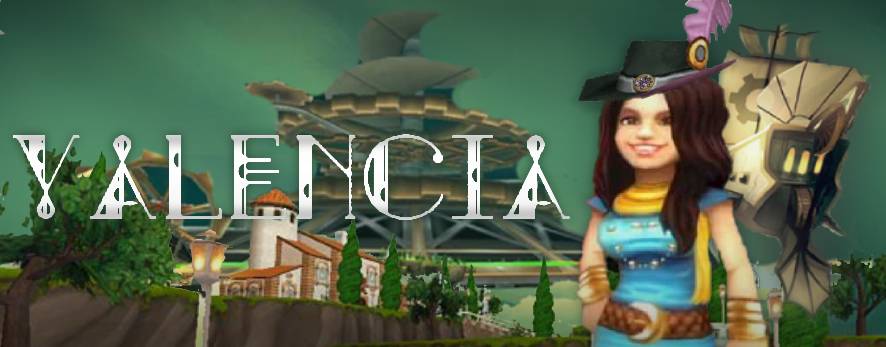
The Valencian Philharmonic
•
T he home of the ruthless clockwork empire and our own Diego the Duelmaster. Valencia was once a land of pristine culture and beauty until the clockworks came onto the scene. This is best shown through the music of Valencia. Elegant classical instruments such as the piano and strings identify the…
